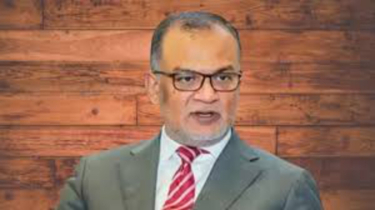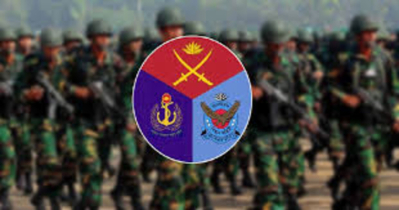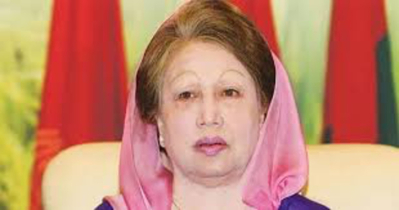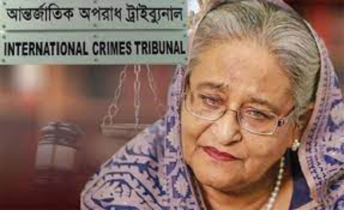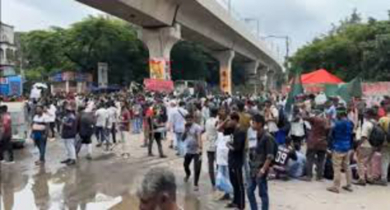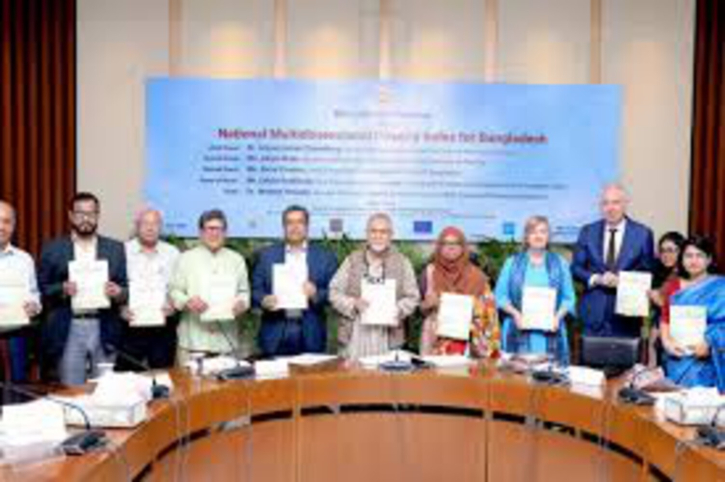
Bangladesh's first National Multidimensional Poverty Index uncovers harsh realities for children and the people living in the country, especially in the eastern divisions.
With almost three out of ten children (28.9%) living in multidimensional poverty—significantly higher than the rate for adults (21.44%), children are disproportionately impacted by deep rooted challenges of poverty in Bangladesh, according to the National Multidimensional Poverty Index (MPI) released today by the General Economics Division (GED), with support from UNICEF and the European Union (EU). The report underscores the urgent need to address child-specific deprivations in health, education, and living standards that continue to undermine children’s rights and potential.
The MPI provides a comprehensive and integrated approach to measuring poverty, beyond income, by assessing overlapping deprivations a child may face simultaneously, such as poor health, lack of education, inadequate nutrition, unsafe living conditions, and lack of access to essential services. To be considered living in multidimensional poverty, a person must be affected by at least two of those indicators.
Overall, more than 39 million people in Bangladesh live in multidimensional poverty, according to the MPI. Despite progress in reducing monetary poverty and stunting, multidimensional child poverty remains a major challenge in Bangladesh, as children are 35% more likely to be affected by multidimensional poverty than adults.
In addition, children in rural areas experience significantly higher multidimensional poverty than those in urban areas. Notably, school attendance is the largest contributor to the MPI, underscoring that education-related deprivations are the most critical drivers of child poverty.
“When the multiple dimensions of poverty are addressed effectively, child poverty for current and future generations can be prevented. It starts with reliable data on each of the areas where children experience deprivations,” said Rana Flowers, UNICEF Representative in Bangladesh. “Thanks to the MPI, we now have a tool to understand where and how child poverty is impacting the lives of children across Bangladesh, and we have a baseline on which to measure future progress in addressing the multiple deprivations faced,” Flowers stressed. “With three out of ten children affected, the critical work undertaken by the General Economic Division of the Planning Commission, based on the Multiple Indicator Cluster Survey - which will be repeated this year - will provide policy makers with clear information to build their policy priorities, make informed and stronger investments to social budgets and target better their approaches.”
The report reveals stark regional disparities, with over 40% of people in five districts - Bandarban, Cox’s Bazar, Sunamganj, Rangamati, and Bhola—living in multidimensional poverty. Bandarban has the highest rate among the 64 districts of the country at 65.36%, while Sylhet division records the highest divisional rate at 37.70%. The high multidimensional poverty in Cox’s Bazar, Sunamganj, Rangamati, and Bhola points to a regional poverty cluster in the eastern divisions. Child poverty is especially high in eastern regions like Chattogram and Sylhet, while monetary poverty is more prevalent in the north.
“For policymakers, understanding the MPI of a particular region or area is essential—but even more critical is uncovering the underlying drivers behind it. We must delve deeper into each indicator to understand how and why it contributes to the overall composite index of multidimensional poverty,” said Dr. Anisuzzaman Chowdhury, Special Assistant to the Chief Adviser.
Factors such as high inflation, lack of coordination across sectors, and the recent civil unrest are hindering progress by limiting critical investments needed to address child poverty in all its dimensions.
“For Bangladesh to prosper, it is essential that the whole population have access to opportunity and dignity, including those currently trapped in poverty. This calls for both outward and inward reflection: where relevant learning from integrated approaches in other countries, while also valuing and scaling up homegrown innovations such as the country’s graduation programmes,” said Mr. Edwin Koekkoek, First Counsellor and Acting Head of Development Cooperation at the EU. “This report provides us with a robust foundation for informed decision-making. Let us work together - government, civil society, development partners, and citizens - to build a more equitable and prosperous Bangladesh, full of opportunity, leaving no one behind.”
To effectively reduce multidimensional child poverty, UNICEF calls on Bangladesh’s Interim and future Government and partners to use the MPI data to drive action, shape equitable policies, target investments, and address critical deprivations such as housing, internet access, sanitation, and essential household assets. Special focus is needed in poverty hotspots and rural areas, with interventions in water, sanitation and hygiene (WASH), electricity, clean cooking fuel, and quality education.
The MPI initiative is the result of collaboration between GED, UNICEF, the Bangladesh Bureau of Statistics (BBS), the EU, and the Oxford Poverty and Human Development Initiative (OPHI), and is aligned with Bangladesh’s national development priorities and Sustainable Development Goals (SDGs).
TH

.png)

